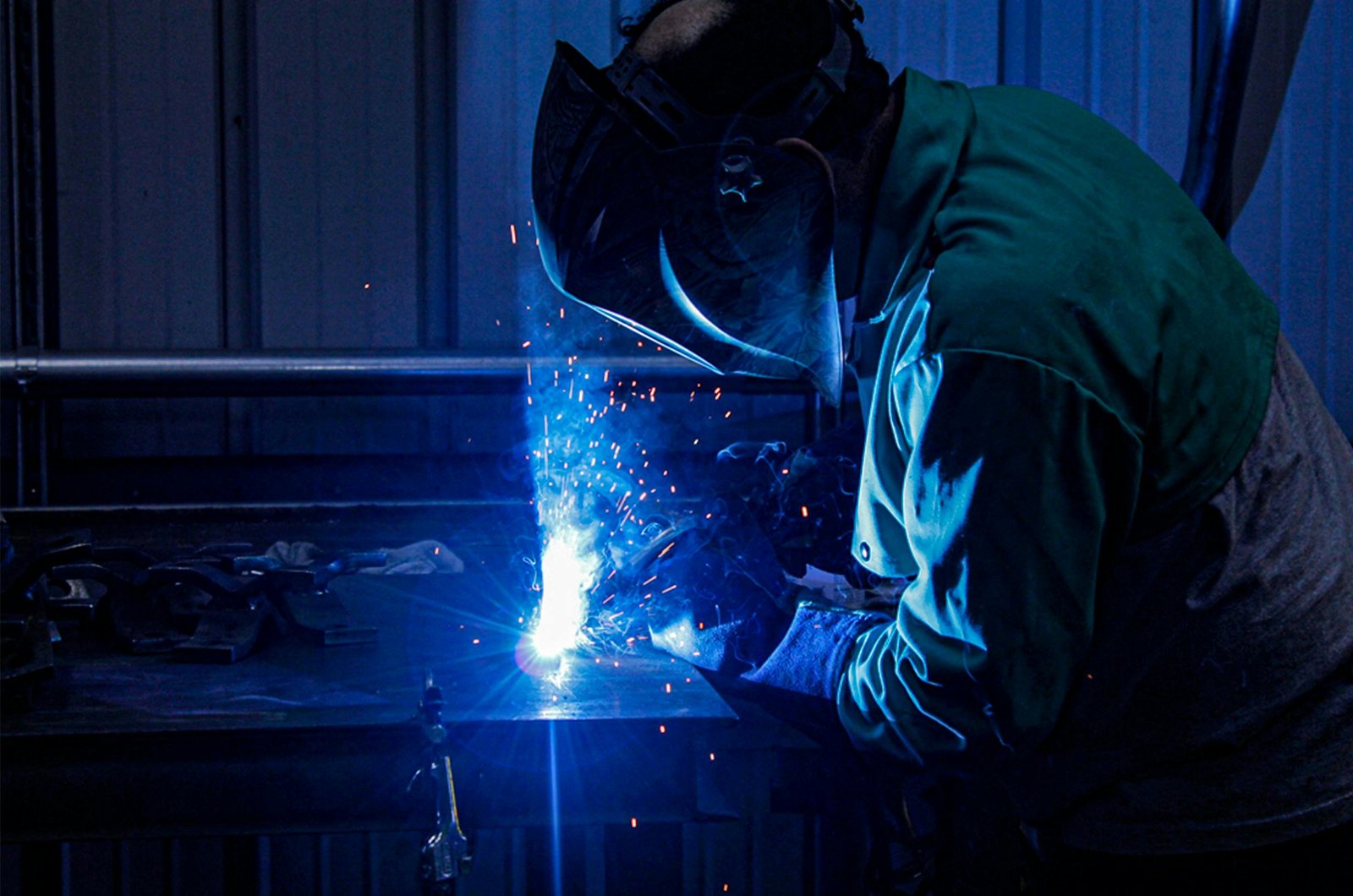Welding technology has undergone significant advancements over the years, making it an integral part of various industries. This pure tech field has seen innovations that have enhanced both the quality and efficiency of welding processes. In this article, we’ll explore the latest trends in welding technology, its applications, and the impact it has on different sectors.
Understanding Welding Technology
Welding technology is the process of joining materials, typically metals or thermoplastics, by applying heat, pressure, or both. The technology has evolved to include various techniques, each suited to specific materials and applications. With the advancement of technology, welding has become more precise, automated, and accessible, leading to its widespread adoption in industries such as construction, automotive, aerospace, and manufacturing.
Recent Advancements in Welding Technology
One of the most significant advancements in welding technology is the development of automated welding systems. These systems use robotics and computer programming to perform welding tasks with high precision and consistency. Automated welding is particularly beneficial in high-volume production environments, where speed and accuracy are critical.
Another key innovation in welding technology is the use of laser welding. Laser welding uses a focused beam of light to join materials, providing a high degree of accuracy and minimal heat distortion. This method is widely used in the automotive and electronics industries, where the precision of welds is paramount.
Friction stir welding (FSW) is another advancement that has gained traction in recent years. This solid-state welding technique uses a non-consumable tool to generate frictional heat, causing the materials to soften and join together. FSW is particularly effective for joining aluminum and other light metals, making it a popular choice in the aerospace and automotive industries.
Applications of Welding Technology
Welding technology is essential in various industries, each requiring specific techniques and equipment. In the construction industry, welding is used to join steel beams and other structural components, ensuring the stability and integrity of buildings and infrastructure. The automotive industry relies on welding technology to assemble vehicle frames, exhaust systems, and other critical components.
In the aerospace sector, welding technology is used to manufacture and repair aircraft components, ensuring they meet stringent safety and performance standards. The precision required in this industry makes advanced welding techniques, such as laser welding and friction stir welding, indispensable.
The manufacturing industry also benefits from welding technology, particularly in the production of machinery, tools, and consumer goods. Welding allows manufacturers to create durable, high-quality products that meet the demands of various markets.
The Impact of Welding Technology on Industry
Welding technology has a profound impact on various industries, driving efficiency, quality, and innovation. The automation of welding processes has significantly reduced production times and labor costs, allowing companies to increase output while maintaining high standards of quality. This is particularly important in industries like automotive and electronics, where the demand for precision and reliability is high.
The use of advanced welding techniques has also improved the safety and durability of welded structures. For example, friction stir welding produces stronger joints with fewer defects, reducing the likelihood of structural failures in critical applications. This has made welding technology a vital component in the construction of bridges, pipelines, and other infrastructure projects.
Moreover, the development of portable welding equipment has expanded the use of welding technology in remote and challenging environments. This has opened up new possibilities for industries such as oil and gas, where welding is often required in harsh, inaccessible locations.
Future Trends in Welding Technology
As technology continues to evolve, the future of welding technology looks promising. One emerging trend is the integration of artificial intelligence (AI) and machine learning into welding processes. AI-powered welding systems can analyze data in real-time, making adjustments to optimize weld quality and reduce defects. This level of automation will further enhance the efficiency and reliability of welding operations.
Another trend is the development of eco-friendly welding technologies. Traditional welding processes can produce harmful emissions and waste. However, new techniques, such as friction stir welding and laser welding, are more environmentally friendly, producing less waste and using less energy. This shift towards sustainable welding practices aligns with the broader trend of green manufacturing, which is becoming increasingly important in industries worldwide.
In conclusion, welding technology is a dynamic field that continues to evolve, driven by advancements in automation, precision, and sustainability. As industries adopt these new technologies, we can expect to see even greater improvements in the quality, efficiency, and environmental impact of welding processes. For those in the tech industry, staying informed about these trends is crucial to staying competitive and ensuring the successful application of welding technology in various sectors.









